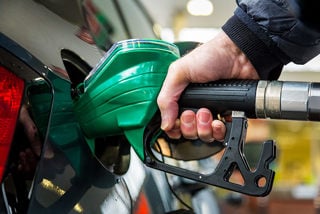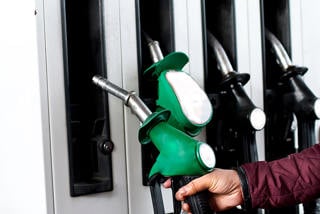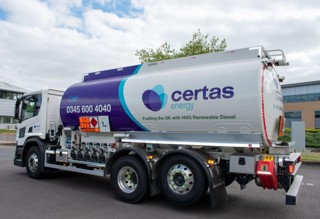By Paul Holland, managing director for UK Fuel at Fleetcor
The commercial fuel market is complex and combined with price fluctuations due to outside factors, such as the Covid-19 pandemic, it can cause headaches for operators needing to make business planning and decisions.
With that said, I’ll break down the current impact on fuel prices and what this could mean for the future.
A look back at the year to date and its impact on fuel pricing
The price of fuel has experienced tremendous volatility through the year to date.
From a pricing standpoint, the cost of the barrel started at $67 in January and fell slightly because of reduced seasonal demand in the US.
But this was also the point at which we as a society started to experience some impact from fears of the Covid-19 pandemic and what that might due to overall fuel demand across the country.
February, brought some uplift and traders thought there was cause for optimism as China’s virus cases started to reduce, leading to some recovery in fuel price.
However, March brought a ‘perfect storm’ for the global fuel market.
First, there was a supply battle between Saudi Arabia and Russia. Both nations were producing excessive fuel supplies than the market required which had downward pressure on the price of oil.
Critically, the Covid-19 pandemic was starting to take effect at this point and the market had a significant fear that it would materially affect supply.
By the end of the month, the UK government enforced lockdown, which had a large impact on the amount of fuel consumed in the UK.
From our own business standpoint, we saw fuel volumes reduced by ~50% almost overnight – completely unprecedented.
However, some sectors were more impacted than others.
The car and van space were significantly affected but the truck market less so, as clearly there were still key supplies that needed to get into stores.
Further global lockdowns came into force including India, the third largest consumer of oil in the world and that is what was helping to have a significant impact on that downward pressure.
We have since seen fuel prices show some signs of recovery, helped by reductions in production levels in May and June.
Similarly, since July, the production of oil has started to slow, as well as more positive economic data coming from the US, China and Europe which has helped to support pricing.
What this means for the rest of the year and beyond
Clearly, we are not out of the woods yet regarding the pandemic and there is still nervousness in the marketplace about what the global economy does on the back of COVID-19.
Consequently, it is very difficult to predict the price of fuel.
However, there are signs of recovery and at present, traders expect a gradual increase in demand which in turn will drive a small increase in price.
My advice to operators is to stay close to the market.
Whilst fixing oil prices might be risky, now could be the time to do it and there are lots of organisations that can help you to do that whether that be a physical product or some form of financial instrument.
As a fleet manager, you must manage consumption closely.
Make sure your fuelcard providers and organisations are set up to see what vehicles are using and what your drivers are spending as this is key to navigating the unprecedented times businesses are all living in.
For more information, you can watch our recent webinar.





















Login to comment
Comments
No comments have been made yet.